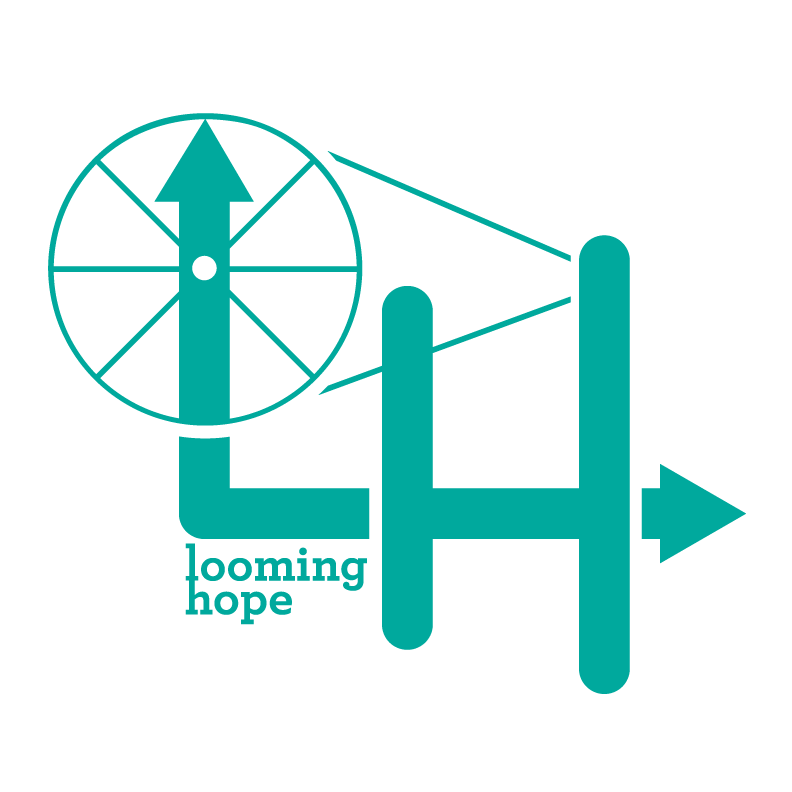FAQ
What makes clothing sustainable?
Sustainable clothing is made from threads that are derived from eco-friendly resources such as sustainably grown fiber crops and/or recycled fibers. Sustainable clothing aims to keep clothing waste out of landfills and world water sources or at the very least, use threads that have the least amount of impact on the environment
What materials are used to make sustainable clothing
There are a variety of fibers that can be used to make sustainable clothing. Just using organic fibers alone is helpful to the environment because those fibers are grown without the use of harmful fertilizers and/or pesticides. Organic cotton, hemp, bamboo, linen and soy are all good sustainable fibers. There are also very environmentally friendly materials made from the cellulose (plant cells) of different types of wood like Lyocell, Tencel or Modal (beachwood),
What materials are typically used to make recycled clothing?
The most common material used is recycled polyester (rPET) however, the use of recycled cotton is also becoming more popular and utilized by clothing manufacturers.
What’s the difference between sustainable and recycled clothing?
Sustainable clothing utilizes natural fibers that have a minimal impact on Earth because they require less water, fertilizer and/or pesticides. Clothing made from recycled fibers actively keeps waste products like plastic bottles and discarded clothing out of landfills and important water sources such as oceans and rivers.
What is rPET?
Recycled polyester (rPET) is recycled Polyethylene terephthalate, one of the most common plastics in the world. Recycled polyester comes from many sources with plastic bottles being the most common. The plastic bottles are chopped up into tiny pieces, treated with solvent to remove the labels, heated to be dried, then melted into a liquid that’s forced through tiny holes to turn it into thread.
How is cotton upcycled or recycled?
Processed and dyed cotton in the form of pre-consumer (post-industrial) and post-consumer cotton waste already exists in abundance. Pre-consumer waste includes scraps created by yarn and fabric by-products and post-consumer waste includes garments, upholstery, towels, household items to be repurposed. This cotton waste is sorted by color and then shredded into fibers. The fibers are then turned into yarn. Unfortunately, the yarn and thread from recycled cotton are not strong enough to make sturdy fabric so they must be blended with a stronger yarn or thread from virgin cotton fibers or synthetic threads like rPET in order to make a strong fabric.
How does the clothing industry affect the environment?
The clothing and textile industry is the second biggest polluting industry in the world, second only to the gas and oil industry. It requires a lot of water to grow and dye cotton. The dyes to color the cotton are polluting our world waters. Additionally, discarded textiles are filling up our landfills and oceans.
Why buy sustainable or recycled clothing?
Buying sustainable and recycled clothing greatly lessens the negative impact of the clothing industry. By using sustainable clothing, you are helping to conserve water and other valuable resources. Wearing recycled clothing helps keep plastic and clothing waste out of landfills and important water sources.
How is our product better for the environment than other products?
Because we are the BADDEST MFs on the planet. HOPENESS IS DOPENESS!!!

